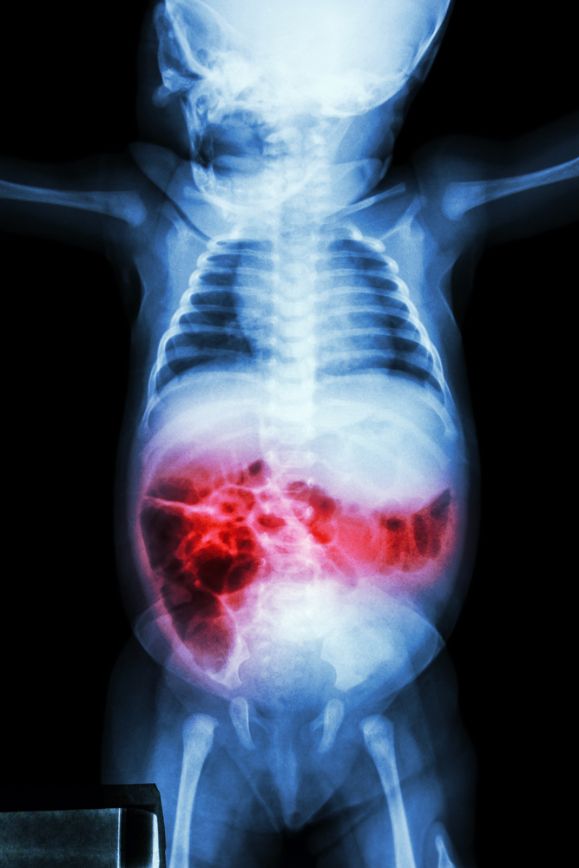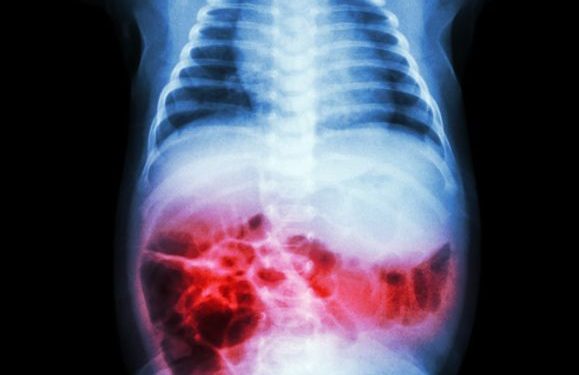Necrotizing fasciitis symptoms can include fever, confusion, and loss of consciousness. They can also be accompanied by swelling and tightness of the skin.
It’s a life-threatening infection that causes tissue death. The disease occurs when bacteria infect the skin and deep tissues. It may also cause severe organ failure. Early diagnosis is critical for a successful treatment.
The first signs of necrotizing fasciitis are usually very sudden and appear within a few hours. This is why patients must present themselves to the hospital immediately for testing.
Symptoms typically occur due to cuts in the skin, although it can happen from other sources such as bug bites, surgery or a wound that doesn’t break the skin. It is most common in people with diabetes or liver cirrhosis, and those who have a history of blood clots (thrombocytopenia).
Other possible symptoms can include high fever, mental deterioration, and changes in the person’s heart rate and breathing. The person’s blood pressure may fall because of toxins secreted by the bacteria and their body’s response to the infection (septic shock).
This disease has a mortality rate of 30 – 40%. It can also lead to limb amputations and other complications.
The most important way to prevent necrotizing fasciitis is to avoid deep cuts or other injuries that might cause bacterial infection in the skin. It is also helpful to use antibiotics after surgery or other invasive procedures such as phlebotomy.
If you do have a cut or a small injury, be sure to clean it with soap and water right away. Keep your hands clean and cover it with a clean bandage until it heals.

You should also be careful about going into pools or hot tubs where you might get a cut on your skin. These areas are more likely to have a bacteria infection than other parts of the body because these places don’t always have a break in the skin to allow air to enter the wound.
Once the doctor suspects a patient is suffering from necrotizing fasciitis, they will administer intravenous antibiotics to treat the infection. The person is often kept in the intensive care unit (ICU) during their treatment.
In some cases, the doctor may perform emergency surgery to remove infected tissue. This will stop the disease from spreading and can prevent further tissue damage and death.
The disease is a complex medical condition that requires a multidisciplinary team. The physician, nurse and pharmacist all play an important role in managing this disease.
Enhanced coordination of the interprofessional team can help to detect necrotizing fasciitis in patients and ensure appropriate treatment. Several studies have shown that early detection leads to more rapid intervention and better outcomes.
This type of infection is usually caused by group A Streptococcus, which is the same bacterium that causes strep throat. It can also be caused by other types of bacteria, including Staphylococcus aureus.
Diagnosis is based on the appearance of the skin and on tests for the presence of gas bubbles under the skin. The doctor also needs to look at the area of infection on X-rays.









